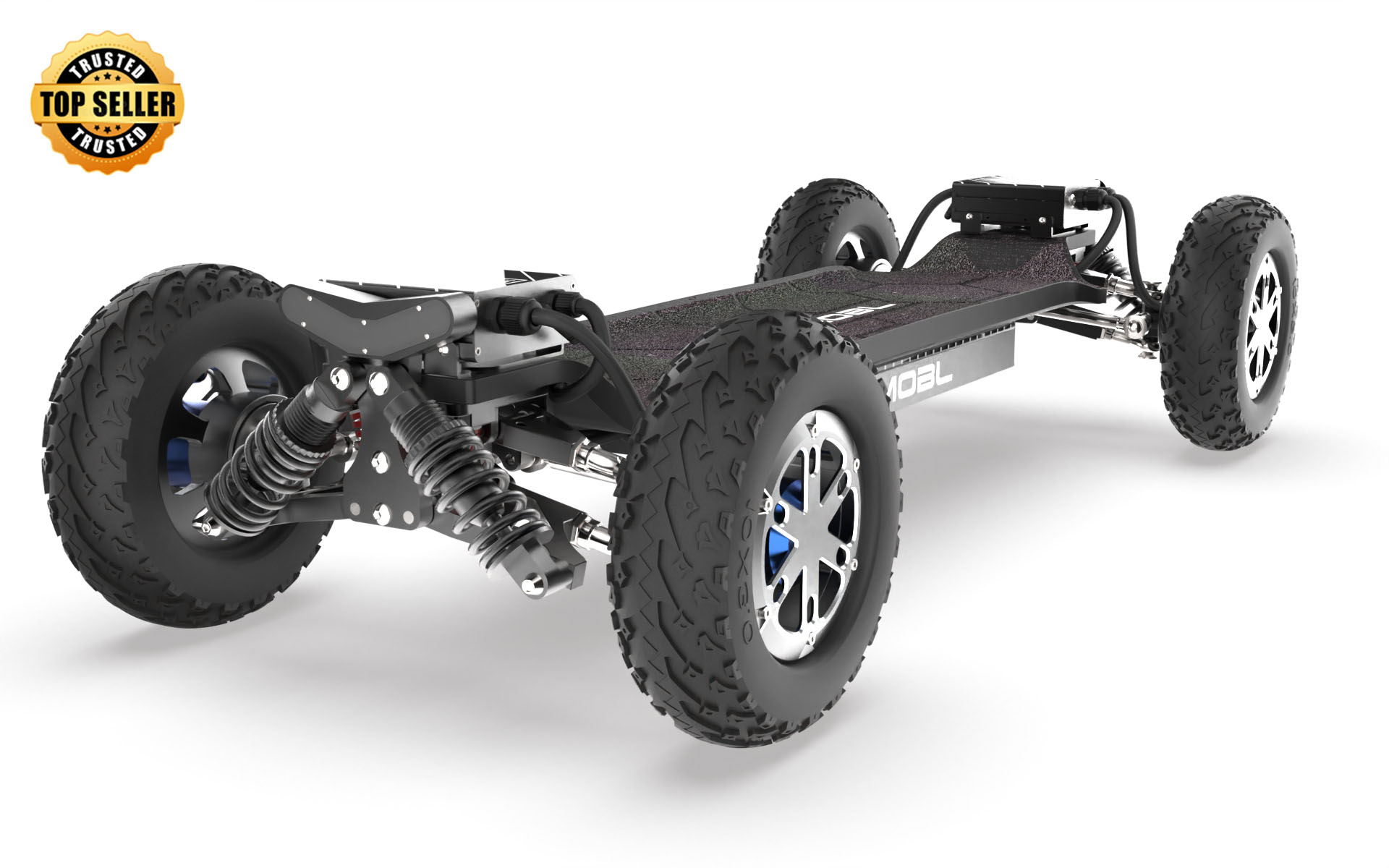Unleash the Thrill: Discover the Game-Changing World of Motorized Skateboards!
As technology continues to weave itself into the fabric of our everyday lives, one of the most exhilarating and innovative advancements has emerged in the world of skateboarding: the motorized skateboard. These electrifying devices have rapidly gained popularity among enthusiasts and casual riders alike, offering a fresh perspective on an age-old sport. Imagine gliding effortlessly down the street or carving through a park with the wind in your hair, all while harnessing the power of a motor. In this article, we aim to explore the many benefits and features of motorized skateboards, shedding light on how they enhance the traditional skateboarding experience and open up new avenues for adventure.

The Evolution of Skateboarding
Skateboarding has come a long way since its humble beginnings in the 1940s, when surfers in California sought a way to ride the concrete waves. Over the decades, skateboarding has evolved from a niche pastime into a global phenomenon, complete with its own culture, competitions, and dedicated communities. The introduction of different board shapes, sizes, and designs has continually pushed the boundaries of what is possible on a skateboard. With the rise of motorized skateboards, we are witnessing a modern twist on this classic sport. These innovative boards not only retain the thrill of traditional skateboarding but also incorporate cutting-edge technology that allows riders to experience speed and agility like never before.
What Are Motorized Skateboards?
Motorized skateboards, often referred to as electric skateboards, are essentially skateboards equipped with an electric motor, battery, and a sturdy deck. The motor provides propulsion, allowing riders to cover greater distances and achieve higher speeds without the need for traditional pushing. These boards come in various designs, from compact and portable models to more robust options built for rugged terrains. Some feature remote controls for easy acceleration and braking, while others may be equipped with advanced features like regenerative braking and customizable speed settings. This combination of components makes motorized skateboards a dynamic and versatile option for riders of all skill levels.
Benefits of Motorized Skateboards
The advantages of using motorized skateboards are numerous and can significantly enhance the overall riding experience. One of the most apparent benefits is increased speed; riders can reach speeds that far exceed those achievable on a traditional skateboard, making it easier to navigate urban environments or enjoy longer rides. Additionally, motorized skateboards reduce physical exertion, allowing users to travel greater distances without fatigue. For those who may struggle with the physical demands of traditional skateboarding, motorized options provide an accessible alternative. My friend Jake, who recently switched to a motorized skateboard, shared how it transformed his daily commute—turning a grueling ten-minute walk into a breezy five-minute ride. The excitement of riding, combined with the practicality of faster travel, makes motorized skateboards an appealing choice for many.
Safety Considerations
While the thrill of riding a motorized skateboard is undeniable, safety should always remain a top priority. Riders must wear appropriate protective gear, such as helmets, knee pads, and elbow pads, to mitigate the risk of injury. Additionally, it’s essential to familiarize oneself with local regulations governing the use of motorized skateboards, as rules can vary significantly by region. Understanding safe riding techniques, such as maintaining a balanced stance and being aware of surroundings, is crucial for a pleasant experience. My experiences with safety gear have taught me that it’s better to be cautious and enjoy the ride than to risk injury by going without.
The Future of Motorized Skateboarding
The future of motorized skateboarding looks promising, with continual advancements in technology likely to reshape the landscape. Innovations in battery efficiency, lightweight materials, and smart features are expected to enhance the performance and usability of these boards. Additionally, as the skateboarding culture evolves, we may see more integration of motorized boards into mainstream skateparks and events. This shift could encourage greater acceptance and potentially lead to new competitions that celebrate the unique abilities of motorized skateboarding. The excitement surrounding these developments is palpable, and I can’t help but feel a sense of anticipation for what lies ahead in this thrilling realm.
Embracing the Future of Motorized Skateboarding
In conclusion, motorized skateboards represent a thrilling evolution in the world of skateboarding, combining traditional elements with modern technology to create an exhilarating experience for riders. With their numerous benefits, including increased speed, ease of travel, and accessibility, it’s no wonder that they are rapidly gaining traction among skateboard enthusiasts. As we look to the future, the potential for further advancements only adds to the excitement surrounding these innovative boards. Whether you’re a seasoned skater or a curious newcomer, I encourage you to explore the world of motorized skateboards—who knows what adventures await you!
